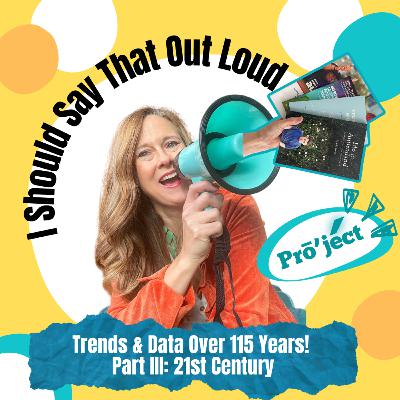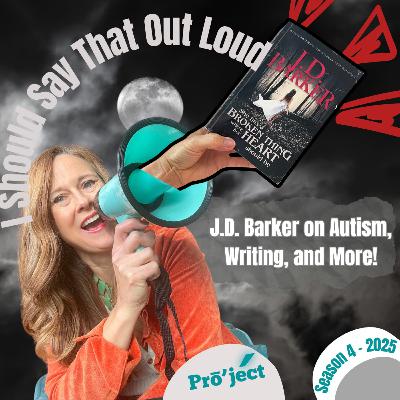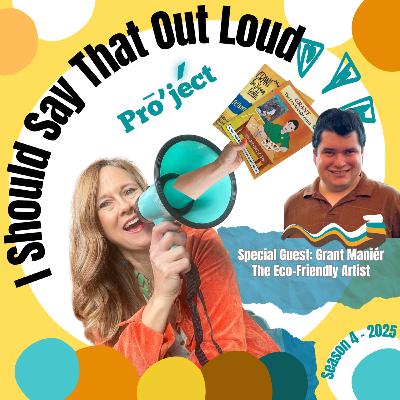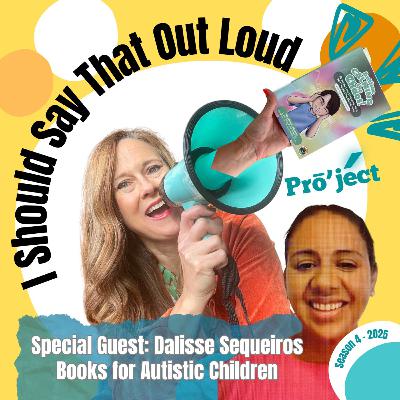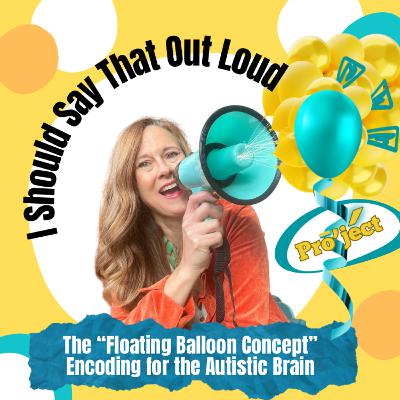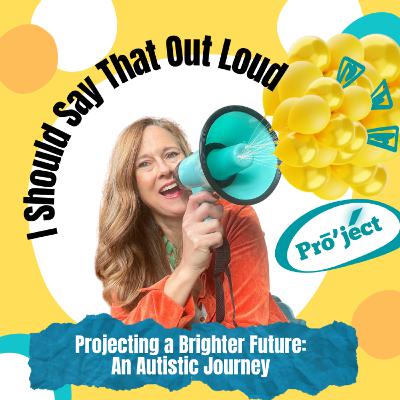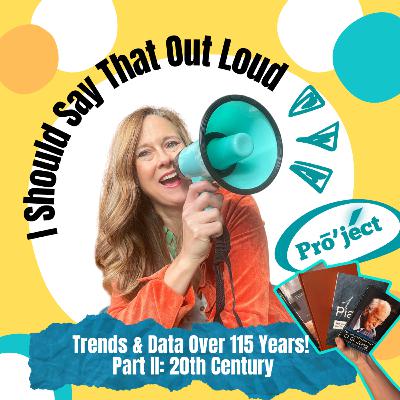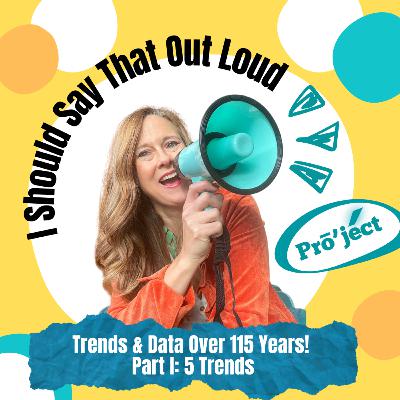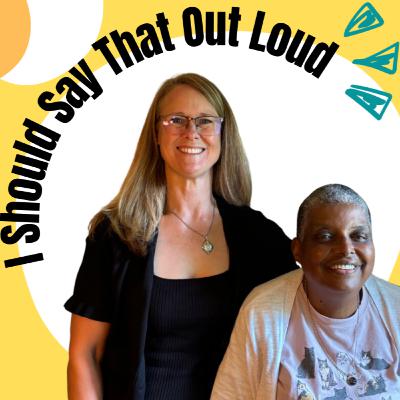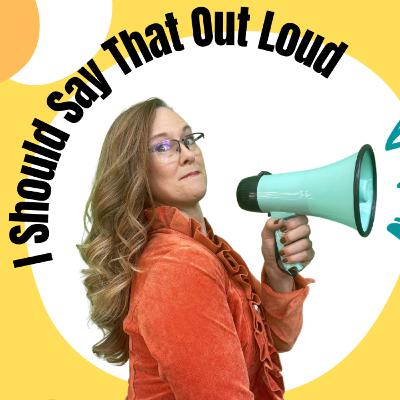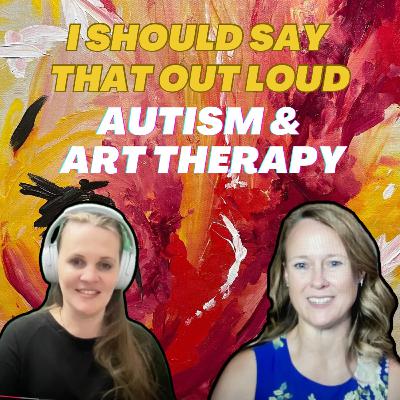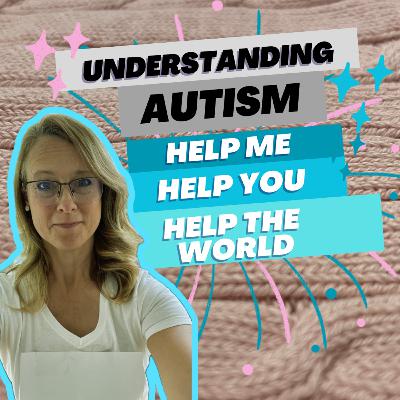Autistic Voices & Research in the 21st Century: Part III Autistic Trends & Data from the Past 115 Years
Description
In this episode, Part III or her series on Autistic Trends and Data from the past 115 years, Donna Brendel delves into and intertwines insights from 21st century authors and researchers with the 20th century expert pioneers in Part II of this series. She starts with Ido Kedar's book and shares his beautiful and poignant voice after transforming from non-verbal to verbal through modern therapies and technology in autism. She defines autistic burnout through Jodie Clarke's book, how it relates to social exhaustion and depression, and how it is different and on another level at the same time. She discusses the evolution of autism understanding, the importance of communication, and emerging trends in autism therapy, emphasizing the need for a neuro-inclusive culture and the double empathy problem in interactions between autistic and neurotypical individuals through the book created by an incredible team at the Anna Freud National Centre for Children and Families. She shares the most recent data from the CDC on the prevalence of autism in America.Finally, she ties it all together with her personal experience of trial and error in self-care recovery and progress for herself and her family, and the fact that perseverance is important in trying many modalities of therapy until the right one if found for each child and adult on the autism spectrum. Chapters:00:00 - Part III: Trends & Data on Autism: Researchers & Autistic Voices From the 21st Century01:23 - Ido Kedar - on Finding His "Voice" Through New Autism Therapies11:41 - Navigating Autistic Adolescence, Anger and Sorrow16:11 - Motivation and Self-Acceptance in Autism22:11 - Autistic Burnout: Understanding and Addressing the Crisis27:14 - Collaborative Approaches: Improving Mental Health Services31:55 - Empowering Autistic Voices: Advocacy and Research39:01 - Trends in Autism: Data and Future Directions40:48 - Thoughts on Slowing Down, Cross-Body Therapy & Tying It All TogetherReferences used in Parts I, II, and III of this series:• Montesorri, M. (1912.) “The Montessori Method.” Frederick A. Stokes Company, New York.• Piaget, J. (1923 French, 1926 English, 1932 Second Edition, 1959 Third Edition.) “The Language and Thought of the Child.” Routledge, New York. • Gesell, A., M.D., Ph.D., Sc.D., (1945.) “The Embryology of Behavior.” Harper & Brothers Publishers, New York and London.• Jung, C. G., Dr., (1957, 1958.) “The Undiscovered Self.” Penguin Books, Ltd., London.• Kedar, I. (2012.) “Ido in Autismland: Climbing Out of Autism’s Silent Prison.” • Clarke, J. (2025.) “Stop the World I Want to Get Off: A guide to understanding and supporting the recovery of autistic burnout in children and young people.” Jessica Kinglsey Publishers, London.• Pavlopoulou, G., et al. (2025.) “Improving Mental Health Therapies for Autistic Children and Young People: Promoting Self-Agency, Curiosity and Collaboration.” Routledge Taylor & Francis Group, London and New York. • Autism and Development Disabilities Monitoring (ADDM) Network (2023.) “Community Report on Autism 2023.” Centers for Disease Control and Prevention.Congratulations to Donna Brendel and "I Should Say That Out Loud," for ranking number 5 on Feedspot's "25 Best Adult Autism Podcasts" based on relevancy, authority, social media followers and freshness.

